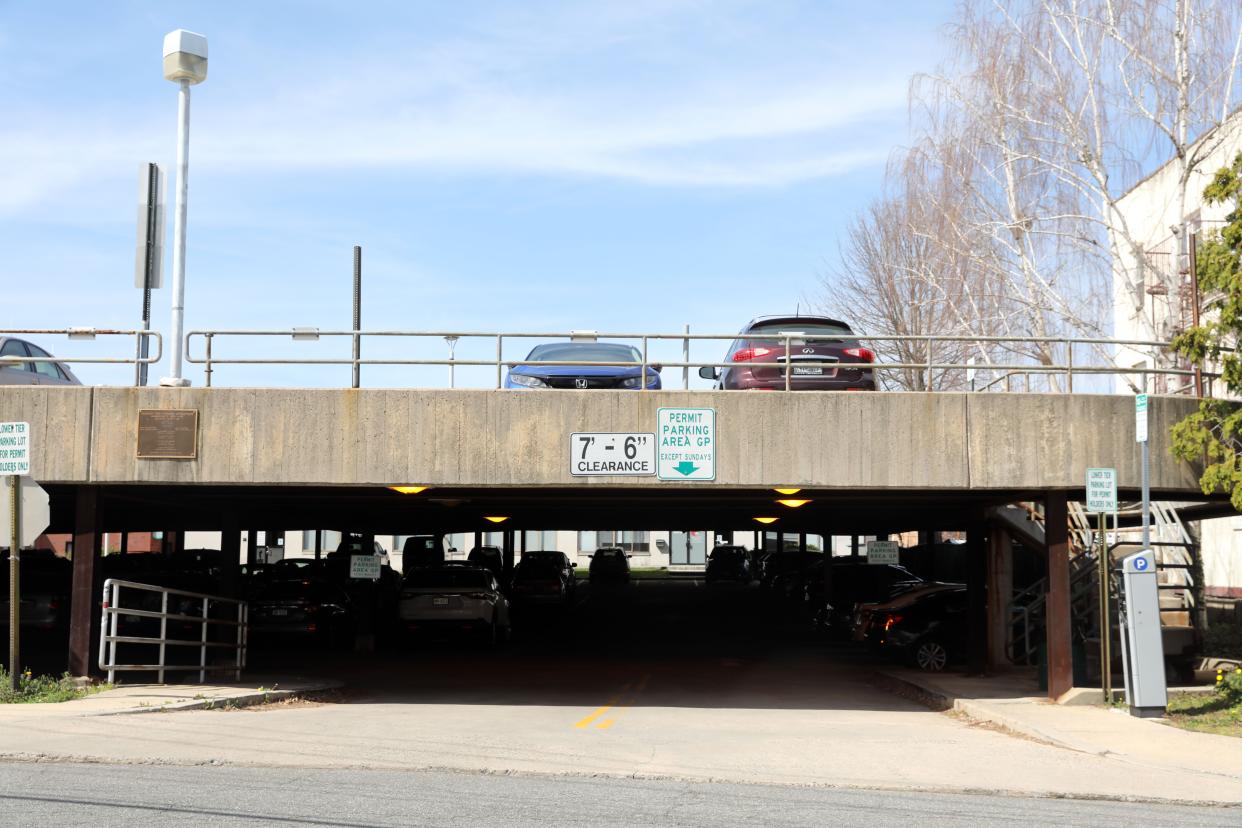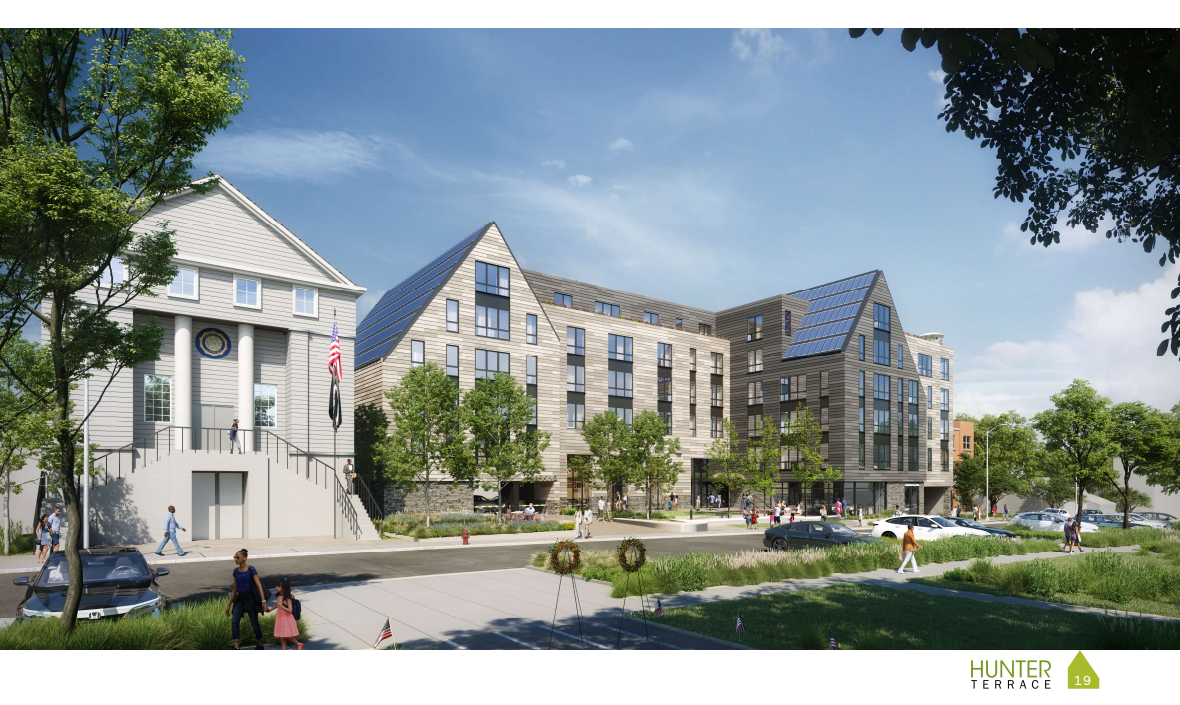Mamaroneck village residents are 'rent' and 'cost' burdened. What that means
Mamaroneck village is in the throes of an affordable-housing crisis, a village government-issued report says. Incomes can’t compete with rising rents and the median single-family house sold for $1.08 million in 2023.
To afford that median home requires an estimated $373,842 household income, according to the 17-page village Planning Department report. And while resident incomes rose about 15% since 1990, adjusting for inflation, rents shot up 90% during the same time.
The village's median household income in 2022 was $121,672, according to the U.S. Census.
What it means to be 'rent burdened'
Renters shouldn’t spend more than a third of income on housing — or else be rent burdened by federal definition — but the report, put out in February, said that in the village:
47% of households were rent burdened in 2022, with 32% severely so. The latter means plowing more than half of pre-tax income into housing.
39% of homebuyers are cost burdened, with 18% severely so.
“It’s never really been that good but it’s definitely gotten worse,” Greg Cutler, the then-village planning and economic development director, said in February of the rent burden since 1990 in his affordable-housing presentation to the village trustees.
The Planning Department's report raises whether the village can continue as an historically affordable alternative to affluent, neighboring Sound Shore localities. And it comes amid controversy over two competing proposals for an affordable housing development on Mamaroneck’s Hunter Tier parking area property, on Prospect Avenue. The site is across from the municipal government building and close to Mamaroneck Avenue's shopping and restaurants district.

Not a new issue in Mamaroneck
Efforts to seek the affordable housing drew public debate at a recent village Board of Trustees meeting in this 3.2-square-mile, southern Westchester village of nearly 20,000 residents. Those who spoke in opposition to the housing told the board to focus on resolving long-standing flooding problems that afflict residents, as well as traffic, parking and additional concerns. Others told officials that closing the affordability gap is direly needed.
Affordable housing regularly ignites debate in Westchester’s suburban locales.
A 2009 court settlement ordered the county to create 750 affordable units spread throughout 31 of its most affluent and least diverse municipalities, and many additional units above that number have been coming. But a 2019 housing needs assessment, done for the county by Hudson Valley Pattern for Progress, found that more than 11,700 additional affordable units would be needed to meet demand.
Mamaroneck village is not one of the 31 localities, but, "Unless action is taken to stabilize and safeguard the continued production of new affordable housing in the village and the larger surrounding region, Mamaroneck’s racial and socioeconomic diversity and the fairness of its housing market are threatened," the village report said.

How proposals would address Mamaroneck's affordable housing issue
More than 80% of village housing was built before 1970, Cutler, who has since become Port Chester's planning director, told Mamaroneck village trustees in February. Creating affordable housing is among priorities in the village’s comprehensive plan, and village officials last year issued a request for mixed-use, affordable housing proposals for the Hunter Tier site.
One proposal, from nonprofit Westhab, would build six floors with 77 affordable-housing apartments, from studios to three-bedroom units.
According to documents submitted to the village, they range from a projected $771-a-month studio for those at 30% of the county’s median income, to a $1,542-a-month studio at 60% of median income, to $3,054 a month for a for a three-bedroom at 80% of median. Projected sizes range from 450 square feet to 1,100.
The other proposal, by a joint venture of BRP Development Partners and Hyperion Group, is called Luna. It would consist of six floors of 187 units, from studios to 3-bedrooms. Submitted documents show the developer wanted to also develop Palmer Avenue land, adding it to its proposal.
Whatever becomes of those options, the village’s report said Mamaroneck officials may look into:
Increasing, in new apartment developments, the required affordable-housing units for lower-income households to 20%, from 10%.
Broadening the population that could be helped by affordable housing by adjusting the percentages of county median income the housing would apply to. But the village's report noted several scenarios with the 20% of affordable units and at certain percentages of median income it said would be infeasible based on development costs and revenue assumptions — larger developments with more units tend to work better financially.
Legalizing what are known as accessory dwelling units. Sometimes called “granny flats,” they are small units on the same lot as a stand-alone single-family home or can be, if a municipality decides to allow it, inside an existing home, such as a basement or a garage.
Of interest: Rent hike battle at Tarrytown affordable high-rise as new landlord seeks 'standard' scale
Senior housing in Mamaroneck
Accessory dwelling units can give senior residents “opportunities to age in place,” according to the report, and provide more housing at low cost in single-family neighborhoods “without adversely affecting the character of the built environment.” Local governments can also do things such as classify units as rental only or as resident-owned. Size, density and parking controls can also be enacted.
Most village affordable housing, including for seniors, was created in the 1990s/early 2000s, with scarce production since, the report said. Some housing designated affordable for a set time period has since lapsed and is no longer rent limited.
Story continues after gallery.
Mamaroneck a microcosm of a larger issue in NYC metro area
The Planning Department report says the village's housing issues are emblematic of those in Westchester and the greater New York City/Tri-State region. Housing production in the metro area hasn’t matched job and population growth.
As of 2022 — within an area spanning New York to parts of New Jersey and Pennsylvania — “80% of the housing stock was built before 1990, and 28% was built in 1939 or earlier,” the village report says, asserting that it implies joining the ranks of homeowners “is less attainable today than it was in 2010.”
The region has added 1.4 million jobs in the past decade, but just 630,000 housing units, the report says, and “this shortage of nearly 50% has contributed to driving up the cost of existing housing.”
The problem worsened as people, spurred on by the COVID pandemic, bought suburban homes with greater space, and recent years brought stubbornly high mortgage interest rates. Those have been blamed for pushing low the number of homes people are willing to buy or sell and could force more people to compete for places to rent.
“Housing demand will likely continue to increase and rents will continue to outpace inflation,” Cutler told village officials. “Near term, low- and mid-wage workers will likely be pushed out of the community” and “long term, local businesses will be unable to fill jobs, which will impact local services and the economy.”
Michael McKinney covers growth and development in Westchester County and the Lower Hudson Valley for The Journal News/lohud.com and the USA Today Network.
This article originally appeared on Rockland/Westchester Journal News: Mamaroneck NY has affordable-housing crisis, Planning Department says
